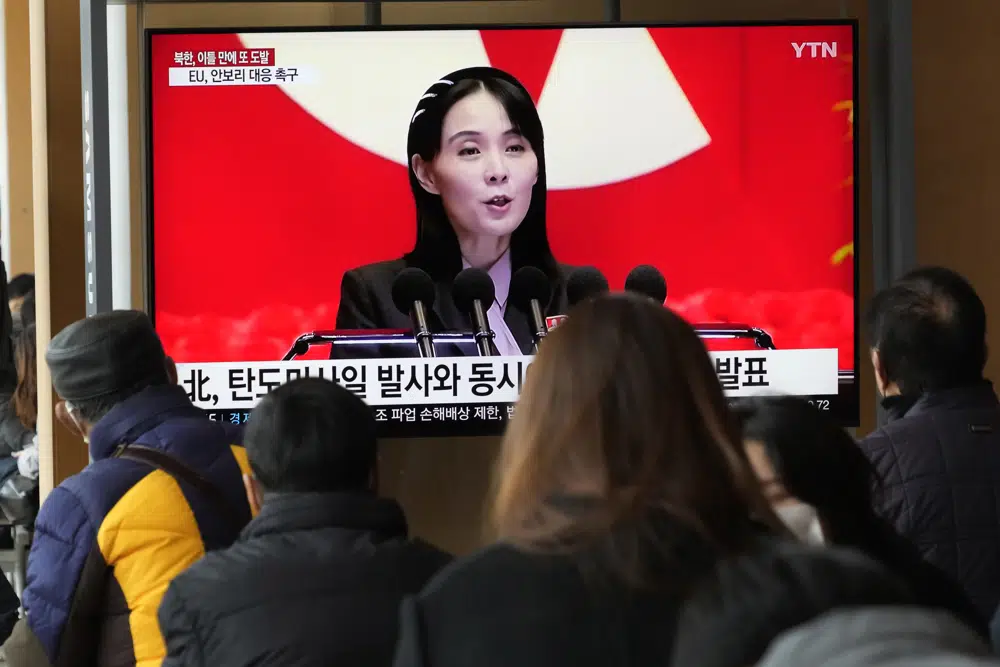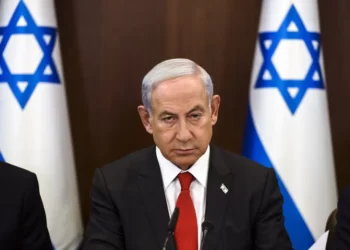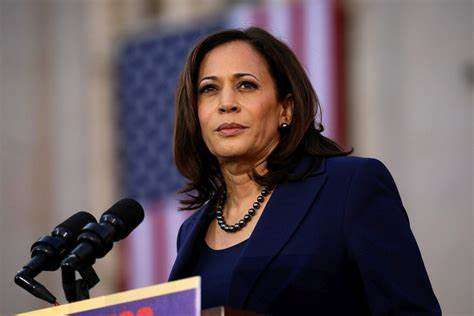North Korea has fired two short-range ballistic missiles into the sea, east of the country in its second test launch in three days, prompting Japan to request an emergency meeting of the U.N. Security Council.
The launches continue a retaliatory exchange that began Saturday, February 18, 2023 and follow a year in which North Korea launched more than 70 missiles, the most ever.
Pyongyang has recently escalated nuclear threats and threatened an “unprecedentedly” strong response to annual U.S.-South Korea military drills, which it views as preparation for an invasion.
South Korea’s military said it detected two missile launches Monday morning from a town on North Korea’s west coast, which were later confirmed by North Korean official media.
Japan said that both missiles landed in waters outside Japan’s exclusive economic zone and that no damage to aircraft or vessels in the area was reported, but they flew distances that suggest most of South Korea is in range.
Both South Korea and Japan have condemned recent North Korean launches as threats to international peace and violations of U.N. Security Council resolutions that ban any ballistic activities by North Korea.
Japanese Prime Minister, Fumio Kishida told reporters that Tokyo was requesting an emergency Security Council meeting to respond to recent North Korean launches.
An initial Security Council briefing led by Assistant Secretary-General for political affairs, Khaled Khiari was set for later Monday, February 20, 2023.
Further council action against North Korea is improbable. China and Russia, both veto-wielding powers involved in confrontations with Washington, opposed U.S.-led attempts to add fresh sanctions last year.
“The frequency of using the Pacific as our firing range depends upon the U.S. forces’ action character,” Kim Yo Jong, the influential sister of North Korean leader Kim Jong Un, said in the official translation of a statement carried by state media.
“We are well aware of the movement of U.S. forces’ strategic strike means, (which are) recently getting brisk around the Korean Peninsula,” Kim Yo Jong pronounced.
She likely referred to Sunday’s U.S. flight of B-1B long-range, supersonic bombers for separate training with South Korea and Japan, conducted in response to North Korea’s Saturday ICBM test.
North Korea typically responds to U.S. B-1B flights, which can carry a huge payload of conventional weapons, with aggressive statements or military demonstrations of its own.
Japan’s Chief Cabinet Secretary, Hirokazu Matsuno opined that North Korea may make further provocations, such as more missile launches and nuclear tests.
In her earlier statement on Sunday, February 19, 20223, Kim Yo Jong threatened to take additional “powerful” steps over upcoming military drills between the United States and South Korea.

South Korea Places Sanctions On Four Individuals And Five Institutions
Hours after Monday’s launches, South Korea’s Foreign Ministry announced that Seoul has placed unilateral sanctions on four individuals and five institutions it said were involved in illicit activities supporting the North’s nuclear arms development and evasion of sanctions.
South Korean President, Yoon Suk Yeol’s government has placed sanctions on 31 individuals and 35 organizations, mostly from North Korea, for supporting the North’s nuclear ambitions, but these steps are mostly symbolic since the two countries do not have business ties.
The U.S. Indo-Pacific Command said the new launches highlight “the destabilizing impact” of North Korea’s unlawful weapons programs. It said the U.S. commitments to the defense of South Korea and Japan “remain ironclad.”
North Korea said the tests involved the new 600-millimeter multiple rocket launcher system, which could be armed with “tactical” nuclear weapons for battlefield use. South Korean defense officials describe the weapons system as a short-range ballistic missile.





















